The flowing colors of 798 art district
By Zhang Yuchen ( China Daily ) Updated: 2013-09-27 08:11:10Cheap rents
Artists moved in when the rent was cheap, lured by the large, interesting spaces. Like artists in other districts, they fed off each other.
Getting together regularly, putting on events and shows, they became stronger as individuals. This fed 798's growth and it also became a center for writers and movie producers.
"Since 2006, I have witnessed its change on a daily basis," Zheng said. "Every day I see something different at 798."
In recent years many artists have moved away from 798, deterred by high rent increases and a declining market for contemporary Chinese art. They still meet and put on shows, but the fact that too many people try to access them while they're working has also triggered the exodus.
Mao Lizi, who once spent 10 years in France and arrived at 798 with the first group of artists, said: "A significant part of the creation of art happens in the discussions, the interaction, the viewing of exhibition openings that's where ideas are germinated, even refined. The execution in a studio in many ways may not be as important as these other things."
He remembers the days when he and other artists talked and drank outside their studios, most of which have now closed. Last winter, the Timezone 8 bookstore closed and a Japanese sushi restaurant of the same name opened on the site.
With contemporary art requiring artists to focus on topical issues, the germination of Chinese contemporary art can be traced to the Star Art Exhibition in Beijing in 1979.
Against the backdrop of the end of the "cultural revolution" (1966-76) and the start of reform and opening-up in 1978, art was freed from the concept of merely serving politics as it had since the People's Republic of China was founded in 1949.
Starting in the fall of 1979, some 150 pieces of art were displayed at the Star Art Exhibition, including oil paintings, wash paintings, pen-and-ink drawings, wood etchings and carvings, all imitated and borrowed forms of expression from Western Modernism. The exhibition served as a breakthrough for a formerly taboo subject in the late 1970s.
|
|
|
|
|
|
|
|
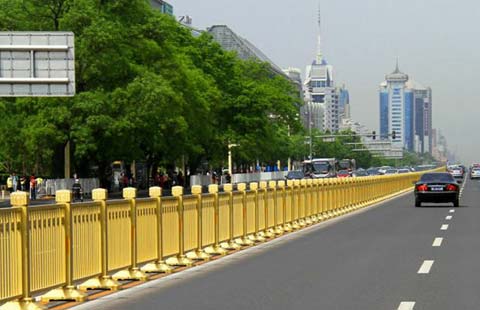
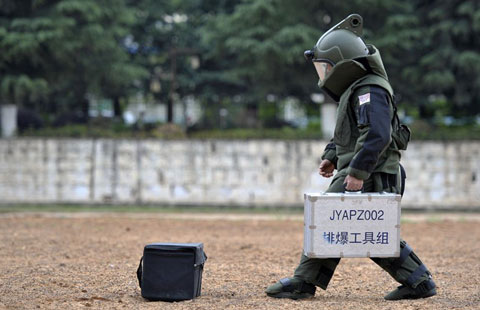
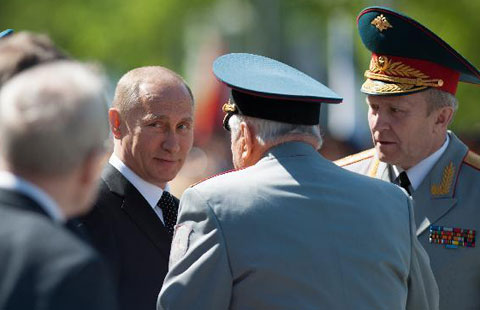
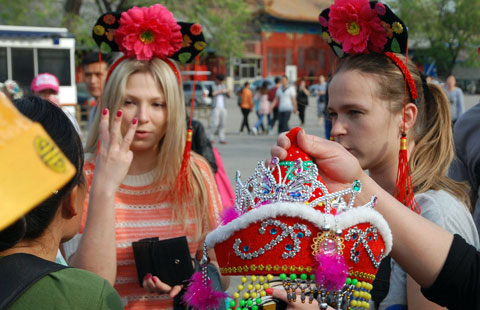
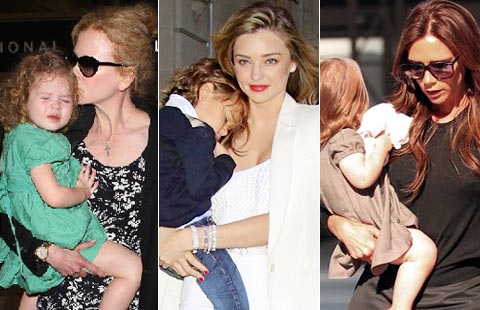
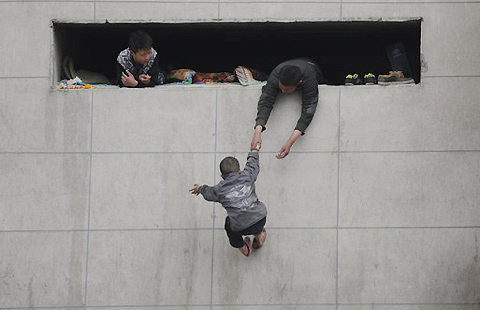

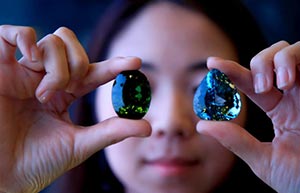
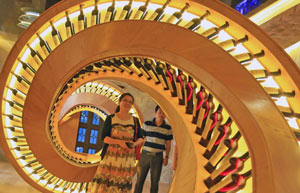
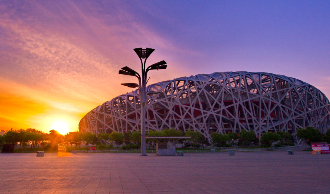
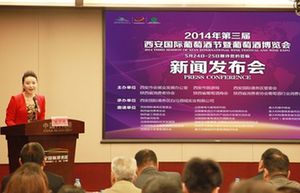
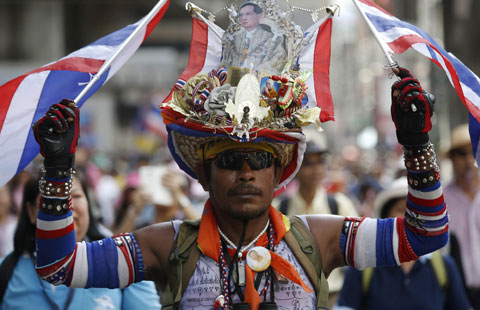
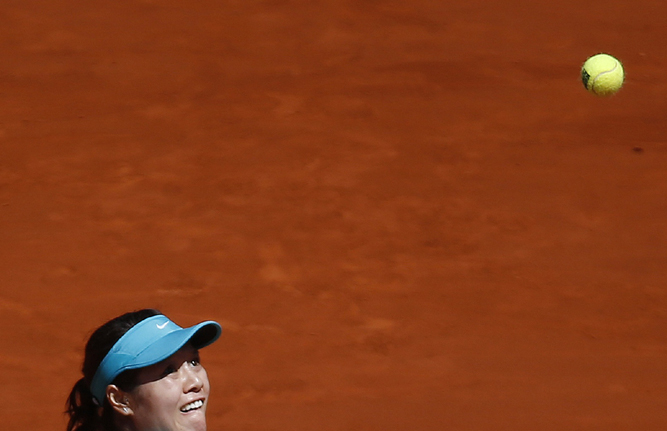
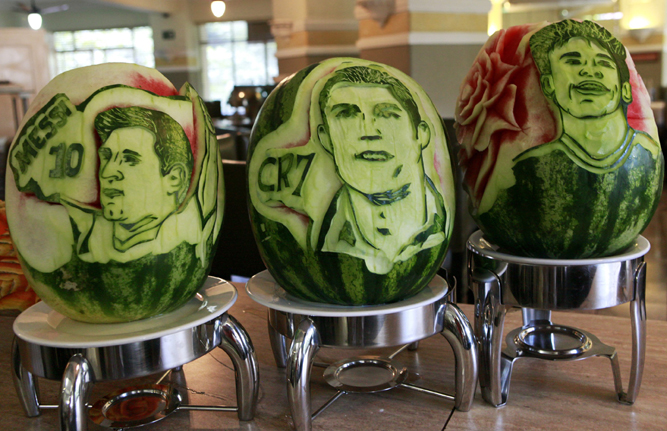
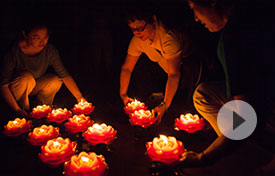



 Op Rana
Op Rana Berlin Fang
Berlin Fang Zhu Yuan
Zhu Yuan Huang Xiangyang
Huang Xiangyang Chen Weihua
Chen Weihua Liu Shinan
Liu Shinan